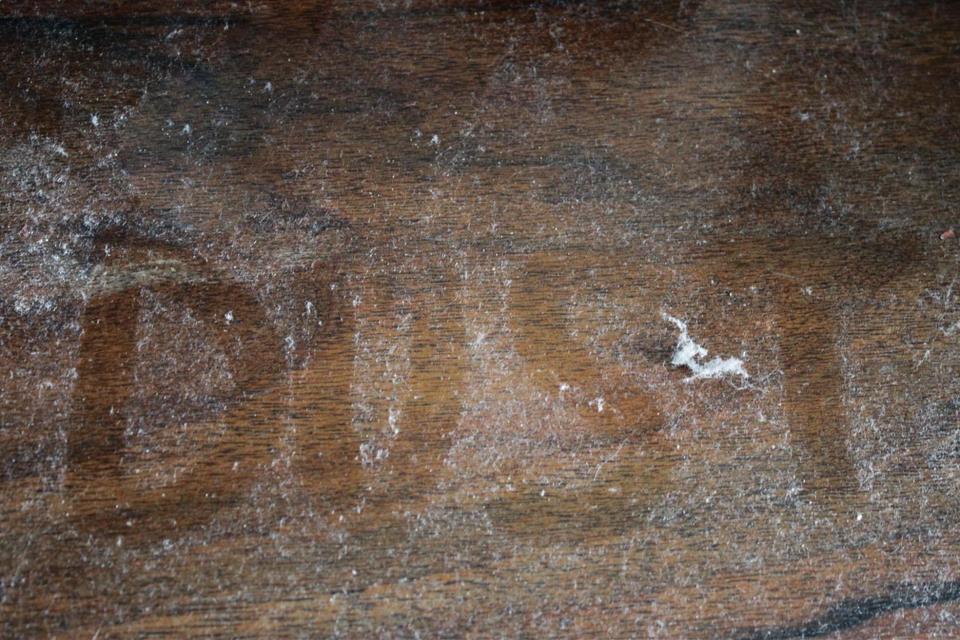How to Reduce and Control Dust in the Home

Are you wondering how to decrease dust in your house? Everything from furniture to pets can encourage dust, leading to allergy issues. Fortunately, you can get rid of dust through the following methods:
In this article, we'll discuss these strategies and provide a step-by-step guide for eliminating dust from the home permanently.
Breathe Easier — Improve Your Air Quality With Advantage Air!
Restore comfort with excellent air quality services at Advantage Air. For over 30 years, our highly trained technicians have supported locals with all their home needs. We pride ourselves on reliable, honest service and back our work with 100% satisfaction guarantees.
Identify Where the Dust Comes From
Before we break down tips for eliminating dust, it's important to understand: Where does dust come from? Dust can emerge from any of the following:
- Skin cells and pet dander
- Fabric and textile fibers
- Outdoor debris
- Furniture (especially wooden and upholstered furniture)
- Attic insulation and clutter
- HVAC leaks
Some dust particles come from items inside your home (such as pets and clutter), while others are brought in from outside. Dry, dusty climates like Tucson typically experience higher dust levels.
Improve Air Circulation and Ventilation
Did you know that air ventilation helps reduce dust buildup? The circulation keeps particles moving, preventing them from settling on furniture and other surfaces. Here are some ways to boost circulation:
- HVAC systems. Your AC and furnace circulate air and remove pollutants, including dust and dander.
- Ceiling fans. Ceiling fans can improve circulation and supplement your HVAC systems. During the summer, rotate fans counterclockwise to produce cool air; during the winter, rotate them clockwise to produce warm air.
- Exhaust fans. Your kitchen and bathroom exhaust fans help remove moisture, heat, and odors.
- Windows. Opening windows is a great way to naturally ventilate your home (assuming the outdoor air quality is good).
In general, newer homes need additional ventilation support. This is because they're designed to be more airtight (which improves efficiency but limits natural airflow).
Use Cleaning Habits That Actually Work
Another helpful way to improve circulation is through cleaning. Proper dust removal requires more than just wiping off counters — it involves using the right equipment and being consistent. Here are some top tips:
- Use microfiber cloths. Unlike regular rags, microfiber cloths are electrostatically charged, which helps them attract and trap dust (as opposed to just moving it around).
- Mop with water. Sweeping floors with dry brooms just kicks dust in the air and lets it resettle. Damp mops, on the other hand, accumulate dust without spreading it.
- Use HEPA filters. Standard vacuums usually release particles back into the air. Look for vacuums that have HEPA (high-efficiency particulate air) filters, as these trap dust and small contaminants.
- Clean up clutter. Cluttered, messy spaces collect dust faster.
- Be consistent. Dust constantly accumulates, so you must be consistent with your cleaning. Try to wipe surfaces daily and vacuum or mop at least once a week.
Invest in Equipment That Reduces Dust
Do air purifiers help with dust? Yes, but the effectiveness depends on the type of purifier. High-quality purifiers use HEPA filters, which trap both large and minuscule particles.
Another consideration is size. Whole-home purifiers filter out contaminants throughout the house, while room-based purifiers focus on individual spaces. Room-based purifiers are typically less effective but more affordable.
You may also benefit from humidifiers or dehumidifiers. Humidifiers add moisture when the air is dry (such as during winter), helping weigh down dust particles. Dehumidifiers, meanwhile, remove moisture from humid areas (like basements) and help prevent dust mite growth.
Maintain Your HVAC System
Air purifiers work best when paired with a well-maintained HVAC system. Your HVAC units use filters to collect dust. Over time, these filters may become clogged, reducing energy efficiency and negatively impacting air quality.
To prevent clogs, it's important to change your air filters regularly (about every 30 to 90 days). You should also schedule professional maintenance and duct cleaning. Most HVAC manufacturers recommend getting maintenance once or twice a year.
Breathe Easier With Advantage Air Mechanical’s Expert Solutions
Wondering how to stop dust from spreading through your home? Contact the trustworthy technicians at Advantage Air today. Whether you need an air purifier, duct cleaning, or another air quality service, we've got you covered.